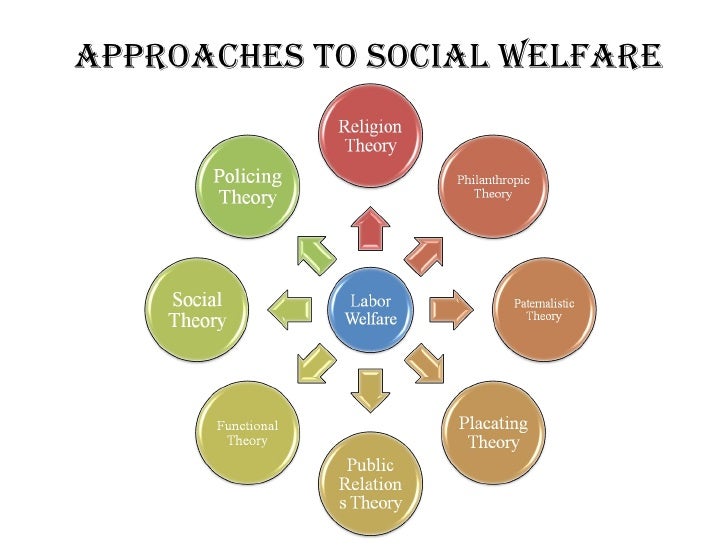We
are going to start off with a huge topic, and try to condense it a bit.
This is something that has been, and likely will always be, highly
polarized and controversial. It isn't the health care part that causes
the controversy. I haven't seen any people saying that health care should
not be available. The thing that people
cannot agree on is how that health care should be provided, and how things like
insurance and the care itself should be handled and charged.
In
the United States there are two main programs that the U.S. Government
administers: Medicare and Medicaid. Both
programs came into being in their current form when President Lyndon B. Johnson
signed the 1965 amendment to the Social Security Act to help further his war on
poverty.
Medicare is available for
citizens over the age of 65 who have lived in the United States for the
previous 5 years and people who are receiving Social Security Disability. Medicaid is a bit more complicated. Each state has their own eligibility requirements,
but in general, Medicaid is for low income individuals and people who are
unable to work. What constitutes low
income differs from state to state.
In
total those two programs cover nearly 33 percent of all Americans.
The
questions that are before the public are fairly simple ones. How much, if any, should the government pay
to subsidize health care in the United States?
How much, if at all, should the government control the procedures that
are available and the cost thereof?
The
meat and potatoes of it all is: how much should the government get involved in
the healthcare system. It is a simple
question, but it has very complicated and personal answers.
The
extreme left would point to the biggest difference in the health care systems
in the United States and the rest of the first world. Almost every developed nation on earth offers
universal healthcare. In other words,
the government collects taxes to pay physicians, dentists, surgeons,
optometrists, etc.
 |
| Countries in green offer universal healthcare |
When
an individual goes to receive care they pay very little, if anything at all. The benefit of this is that no matter the
individual’s income they can receive care.
This is the argument for it.
Those who support this system do so under the belief that health care is
an unalienable right framed in the Declaration of Independence (the right to
life).
There
are two main arguments against this extreme option. The first is that the poor are carried on the
backs of the wealthy. Because the
poorest cannot afford to pay the taxes that support the system the rich will,
more or less, be footing the bill.
The
second argument is that having healthcare universally available without cost
will lead to an overburdening of the system.
With everyone going to the doctor whenever they want the medical
professionals will not be able to keep up with the work load and the wait times
will increase.
The
liberals would likely counter these arguments by saying that with the system as
it is, the poor already cannot pay the cost of their healthcare and that is passed
onto the rich through increased procedure cost.
The second argument would likely be countered by pointing to the system
in the United Kingdom. Not every
procedure is covered, this reduces the likelihood that the doctors will have their
time filled with less meaningful cases and the giant backlogs that are proposed
would not exist.
The
extreme right would likely propose a free market solution. There should be an open market where the
providers and insurers decide the cost and availability of procedures and
doctor visits. This would allow for
greater competition and lead to the best possible outcome for the consumer.
There
is really only one main argument against this: people are greedy. The companies will not respond to market
pressure because the alternative is no care.
Effectively it could end up as an unregulated monopoly. Companies would be able to decide who they
insure and for how much. People with
pre-existing conditions could be refused coverage or the cost could be
astronomical.
The
conservatives would likely counter this by saying that the people have a hard
choice to make, but if they make the choices with care or create an alternative
within the market it would force a change.
If the competition charges lower, then all the prices would likely drop
or that company would cease to exist.
There
is more than the extreme view in this argument.
There are two much more centrist proposals for the healthcare
system. The more moderate liberal
suggestion is similar to the Affordable Care Act. Companies are allowed to administer their day
to day operation, but it is regulated by the government. The government ensures that prices are kept
fair and that everyone (in theory) is covered, but the companies are allowed to
handle how things are covered and the services that are provided.
The
standard conservative argument against this is that the system only works if
everyone pays into the system whether they use the healthcare or not. The only way to ensure this is for the
government to force you to buy a service (as the ACA tries to do through a tax
for those who are uninsured). This
government intervention is viewed by most conservatives as an overstep and a power
grab.
The
liberal counter for this is generally that the system did not work as a
completely free market. Skyrocketing
cost leads to fewer people insured, which in turn increases the cost of the
health care and insurance.
A
moderate conservative proposal is generally a combination of the two
extremes. There is a government provided
option that is affordable, but does not cover more than the necessities and an
option to buy healthcare from the private market. This would allow everyone who wants insurance to get it and provide an
option for even the low income individuals.
The
argument that many liberals bring up is that this could lead to a “pay to win”
system. In a nut shell, the people with
more money can get better coverage and care, while the poor are left with
substandard coverage and options.
The
conservatives would likely counter this by saying that the quality and
availability of coverage and service would be up to the free market. They would argue that it is not the
government’s job to control what businesses can and cannot do.
There
are a plethora of options for how the healthcare system in the United States could be reformed. Of the near infinite options, none of them are absolutely correct or incorrect. It is all a matter of opinion. In general though the conservatives hope for less government intervention and more free market economics, while the liberals believe that the governments job is to ensure equal access to care.
 There are a veritable ton of social welfare programs in the
United States. Depending on how far you
feel like breaking them down determines how many programs there are. Just under
housing there are 12 distinct programs, another 12 are under education and food
assistance. The point is, the system can
get a bit hairy the deeper you delve into them.
They provide a plethora of services with the universal goal of helping
those who need to be helped the most.
There are a veritable ton of social welfare programs in the
United States. Depending on how far you
feel like breaking them down determines how many programs there are. Just under
housing there are 12 distinct programs, another 12 are under education and food
assistance. The point is, the system can
get a bit hairy the deeper you delve into them.
They provide a plethora of services with the universal goal of helping
those who need to be helped the most.








